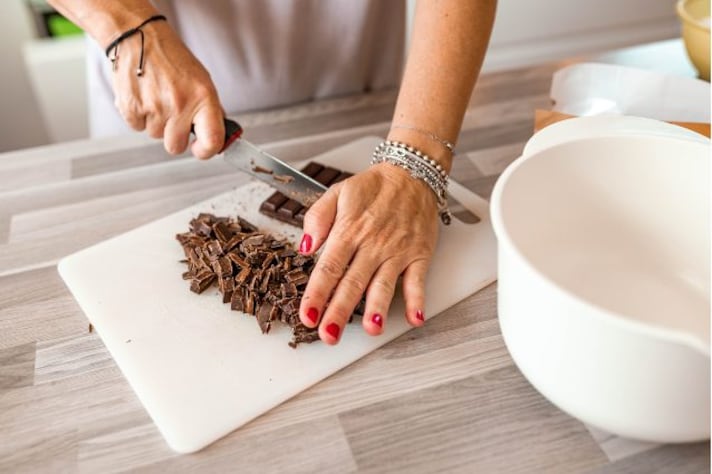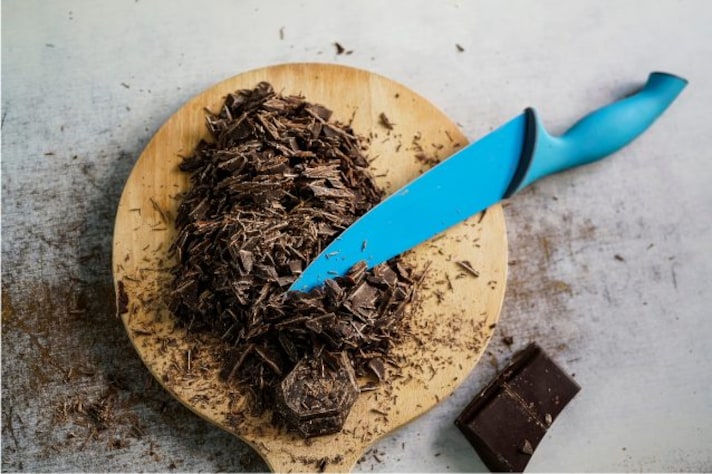
Chocolate holds a prestigious place in the realm of desserts and baking, serving as a cornerstone ingredient that can elevate a simple treat into a masterpiece of culinary delight. Its rich, complex flavor and velvety texture make it indispensable in the world of sweets. Often, recipes call for chocolate in its pure, solid form to be chopped or melted down, a step where the use of chocolate chips simply won't suffice. The integrity of the dish relies on the quality and form of chocolate used. To ensure your desserts reach their highest potential, mastering the art of chopping chocolate is essential. Here are the secrets and tips to obtain the best-chopped chocolate of your life, ensuring every bite of your desserts is a testament to your skill and care.
How to Chop Chocolate for Baking
When baking, the uniformity of your chocolate pieces is crucial for even distribution within your batter or dough. Start with a sharp, serrated knife and a large cutting board. The serrated edge grips the chocolate, reducing slippage. Gently saw into the chocolate, letting the knife do the work, to achieve clean cuts without shattering the block. For recipes requiring finer pieces, consider using a large, sharp chef's knife to finely chop the chocolate into uniform bits.

How to Chop Chocolate for Melting
Melting chocolate demands consistency in size to ensure even melting. Use a sharp knife to chop the chocolate into small, even-sized pieces, no larger than an inch. This method reduces the risk of burning, as smaller pieces melt more uniformly. A heat-proof bowl and gentle heating (either in short bursts in the microwave or over a double boiler), stirring frequently, will prevent the chocolate from seizing.
How to Prevent Chocolate from Cracking
Temperature plays a key role in preventing chocolate from cracking. Ensure the chocolate is at room temperature; if it's too cold, it's more prone to shatter. Use a dry, non-slip cutting board and a heavy knife to apply even pressure as you chop. If you're dealing with particularly hard chocolate, a brief warming period (a few seconds in the microwave) can make it more pliable.

How to Chop Chocolate Using a Food Processor
For recipes requiring a large amount of chocolate or finer pieces, a food processor can be a time-saver. Break the chocolate into uniform pieces by hand before placing them in the processor. Pulse in short bursts to achieve the desired size, being careful not to over-process as the heat generated can cause the chocolate to begin melting, creating a clumpy texture.
Setting the Perfect Cutting Space and Instruments
Creating the ideal environment and selecting the right tools are paramount for chopping chocolate like a professional. A large, stable cutting board and a sharp knife (serrated or chef's knife, depending on the task) are essential. Make sure your workspace is cool and dry; warmth and humidity can cause the chocolate to soften and stick to the knife, hindering your progress. Lighting is also important; good lighting helps you accurately judge the size and quality of your chopped pieces.
;Resize,width=767;)
